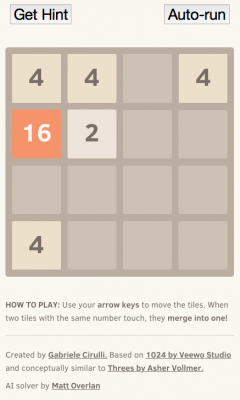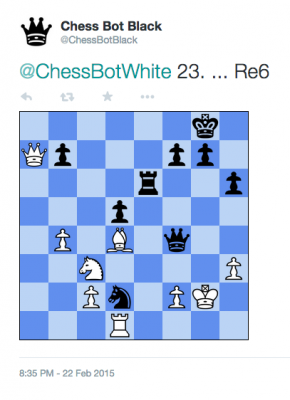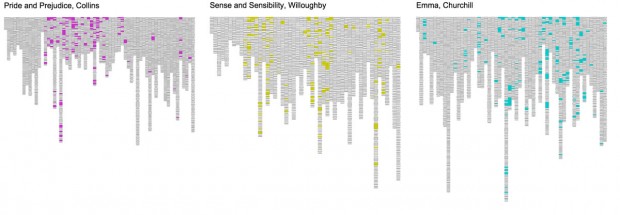Da Vinci Surgical System
This isnt an art project or installation, but rather a machine that has been created to aid in surgical environments. Users control the robotic arms through 3-axis control station, and are able to complete different tasks in a surgical setting. I had the opportunity last night to test out this system with blocks at the S.T.A.R. Center for my Medical Devices class. It was hard to understand the depth perception of the arms. I also received no feedback as to the location of the robot arms in respect to the camera or table the blocks were sitting upon. Without depth feedback and spacial feedback it was hard to maneuver the arms to prevent them from hitting obstacles at times, but utilizing the controls was very simple. Almost too easy that I wonder the responsiveness when performing a surgery. Future systems should better integrate feedback into the system, without it we are running blind and depending upon shadows to now where the arms are located.
Digital Health Feedback System
Powered By You from Proteus Digital Health on Vimeo.
An ingestible and patch created by Proteus Digital Health that detects heart rate, activity and sleep. The ingestible is powered by stomach fluid, and transmits data to the patch worn on the arm. The patch receives the physiological data and sends it to your mobile device. The ingestible is made up of ingredients found in food, all which can be ingested. There isnt much detail about the technical specs of this device, and other than the ingestible component and energy source of stomach fluid, detecting heart rate, activity and sleep is no different than what Fitbits, Jawbones and other fitness wearable devices already do. This device has alot of potential but it is limiting itself to a scope that is already heavily populated.





